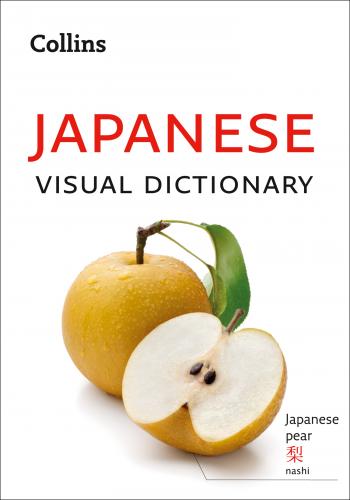| wa | topic marker |
| ga | subject marker |
| o | direct object marker |
| ni | indirect object marker, goal and location marker |
| to | connects nouns, ‘and’ or ‘with’ |
| de | indicates by which means an action is carried out or where an action takes place |
| no | indicates that the second noun is described in some way by the first, e.g. possession |
| mo | “also/as well” |
| kara | “from/since” |
| made | “until/as far as” |
Other particles occur at the end of sentences to change the meaning from a straightforward statement. The most common ones are:
| ka | question marker |
| ne | asks for agreement or confirmation |
| yo | adds emphasis |
Finally, some particles are used to link clauses to make more complex sentences. Two of the most useful are kara “because/so” (which always comes after the reason or cause) and ga “but/although”.
5) Japanese word order is subject – object – verb, with the verb at the end of the sentence. The basic Japanese sentence has a topic and a comment section. The topic, indicated by the topic marker wa, usually comes at the beginning of the sentence, but if it is understood among the speakers or from the context, it is often omitted. Personal pronouns are avoided; instead, the person’s name is normally used, even for “you”. The most neutral order for additional phrases in longer sentences is time – manner – place.
FREE AUDIO
We have created a free audio resource to help you learn and practise the Japanese words for all of the images shown in this dictionary. The Japanese words in each chapter are spoken by native speakers, giving you the opportunity to listen to each word twice and repeat it yourself. Download the audio from the website below to learn all of the vocabulary you need for communicating in Japanese.
www.collinsdictionary.com/resources
Whether you’re going to be visiting Japan, or even living there, you’ll want to be able to chat with people and get to know them better. Being able to communicate effectively with acquaintances, friends, family, and colleagues is key to becoming more confident in Japanese in a variety of everyday situations.
umbrella
傘
kasa
1. blue
青い
aoi
2. red
赤い
akai
3. yellow
黄色い
kiiroi
4. green
緑の
midori no
5. white
白い
shiroi
6. black
黒い
kuroi
THE BASICS | 基本
Hello.
こんにちは。
konnichiwa.
Good morning.
おはよう(ございます)。
ohayō (gozaimasu).
Good afternoon.
こんにちは。
konnichiwa.
Good evening.
こんばんは
konbanwa.
Good night.
おやすみ(なさい)
oyasumi (nasai).
See you soon.
じゃあ、また。
jā, mata.
See you tomorrow.
また、明日。
mata, ashita.
Goodbye.
さようなら
sayōnara.
Bye!
じゃあね。
jā ne.
YOU SHOULD KNOW…
Japanese people bow to express their respect and appreciation. People bow to accompany greetings, words of appreciation, or apologies. The strength of the respect, gratitude, or apology dictates how low your bow should be.
There are two other common ways of saying goodbye in Japanese. The first, いってきます itte kimasu, is said by someone who is leaving but will return later. The second, いってらっしゃい itte rasshai, is said by the other person in response to that and literally means “go and return”.
Yes.
はい。
hai.
No.
いいえ。
iie.
I don’t know/understand.
分かりません。
wakarimasen.
please
お願いします。
onegai shimasu.
No, thanks.
いいえ、結構です。
iie, kekkō desu.
Excuse me.
すみません。
sumimasen.
Sorry?
何ですか。
nan desu ka?
I’m sorry.
すみません。
sumimasen.
OK!
